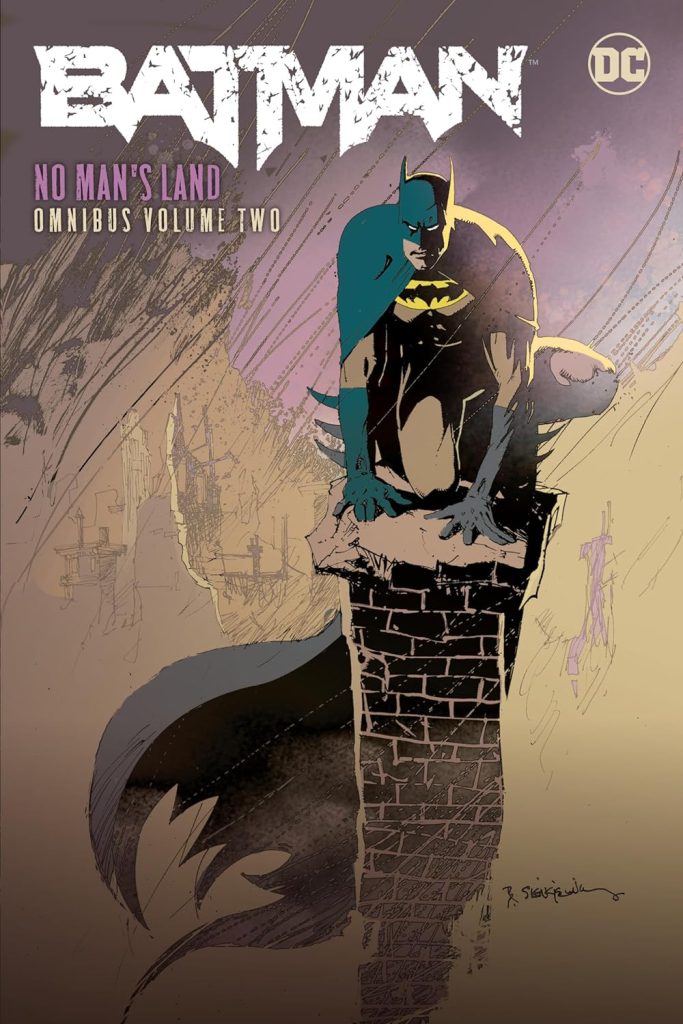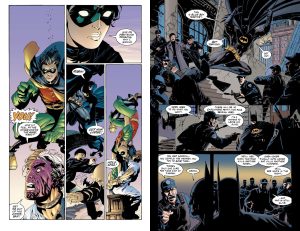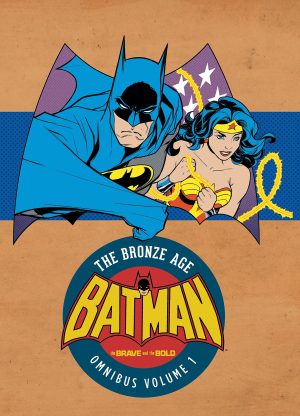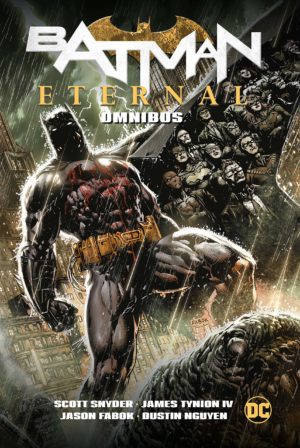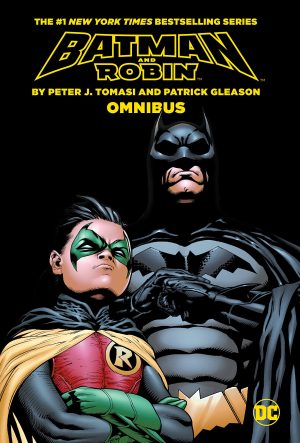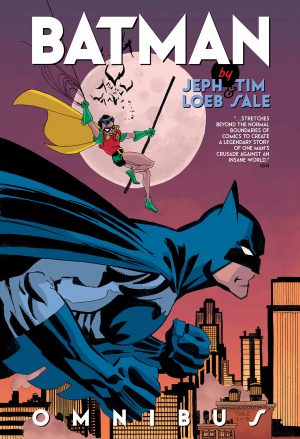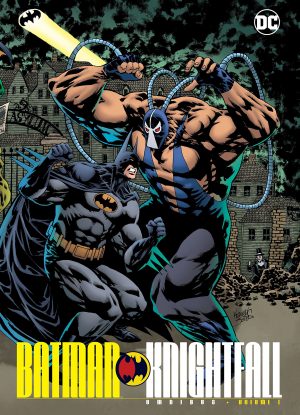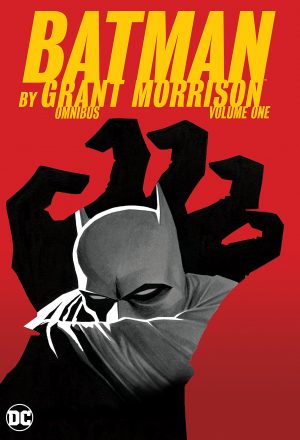Review by Frank Plowright
This second massive collection picks up in the middle of No Man’s Land, and sees the story all the way through to the finish and the epilogue. In doing so it combines what in paperback were Volume 3, and Volume 4, respectively disappointing and fine if you’d prefer single word reviews.
The assorted writers take around a dozen characters on personal journeys in a devastated Gotham, some tragic, some ultimately uplifting. Robin scores highly on the latter scale, initially served up with ridiculous villains by Chuck Dixon, but here taking a path that will have you rooting for him. Very popular in its day, graphic novel reprints of Dixon’s Robin never reached his collaborations with the effective Staz Johnson, so No Man’s Land is as of writing their only presence in a book. Dixon also redeems himself with Nightwing, who was shabbily treated in the first Omnibus, but who’s given a new opportunity when Oracle’s supposedly impregnable HQ is breached. Even the villains are progressed to a degree. Greg Rucka begins Two-Face’s creepy fixation with Renee Montoya here and for the end serves up a very good Joker story, while the Penguin is well used throughout, as a sort of malign fixer.
To pick on just a single story highlighting the possibilities of what’s left of Gotham’s citizens surviving in the rubble, Devin Grayson conceives a fine ethical thriller when an unrepentant serial killer is brought to the makeshift medical centre for treatment. Should resources be allocated to him when plenty of better people are also desperate? Grayson has Dr Leslie Tompkins holding her ground about the doctor’s duty being to treat everyone in the face of great opposition. As seen elsewhere in the collection, Dale Eaglesham’s artistic strength is action, and this really needed an artist more capable of bringing out the emotional stress.
Most of the art is good, and welcome at the larger page size, although there is a considerable reminder of 1990s exploitative excess from Jim Balent on Catwoman, and to a lesser extent the way Scott McDaniel draws Batgirl. The sample spread combines pages from Mat Broome and Paul Ryan, neither major contributors overall, but both solid, and Broome the more dynamic.
It takes a while, but Rucka eventually becomes the guiding light, introducing the new plot elements that transfer elsewhere, such as the mystery of who it is smuggling resources into Gotham. As long as No Man’s Land is, it was never the intention that Gotham remain desolate, and Rucka’s choice of who might benefit from reconstruction is clever, logical and also provides someone with the resources to consider Batman an irritant rather than a deterrent. Three of Rucka’s final climax chapters are co-written with Grayson, and they’re a fine Joker story, maximising the insane possibilities of a character whose use has until the end been restrained.
What flowed so well in the final 2000 No Man’s Land paperback has a more juddery presentation here as it’s interrupted by chapters featuring other Gotham-based heroes. Dennis O’Neil’s Azreal material is troublesome in this respect, once repeating a scene already shown in a Catwoman story, and then pre-empting elements of the finale. However, the additional stories toward the end are all worthwhile, and deserve being seen again somewhere.
The core No Man’s Land story is the best of the 1990s Batman crossovers, but so much additional material dilutes that. If you have fond memories from back in the day, it might be worth investigating another format before investing in a costly Omnibus.
